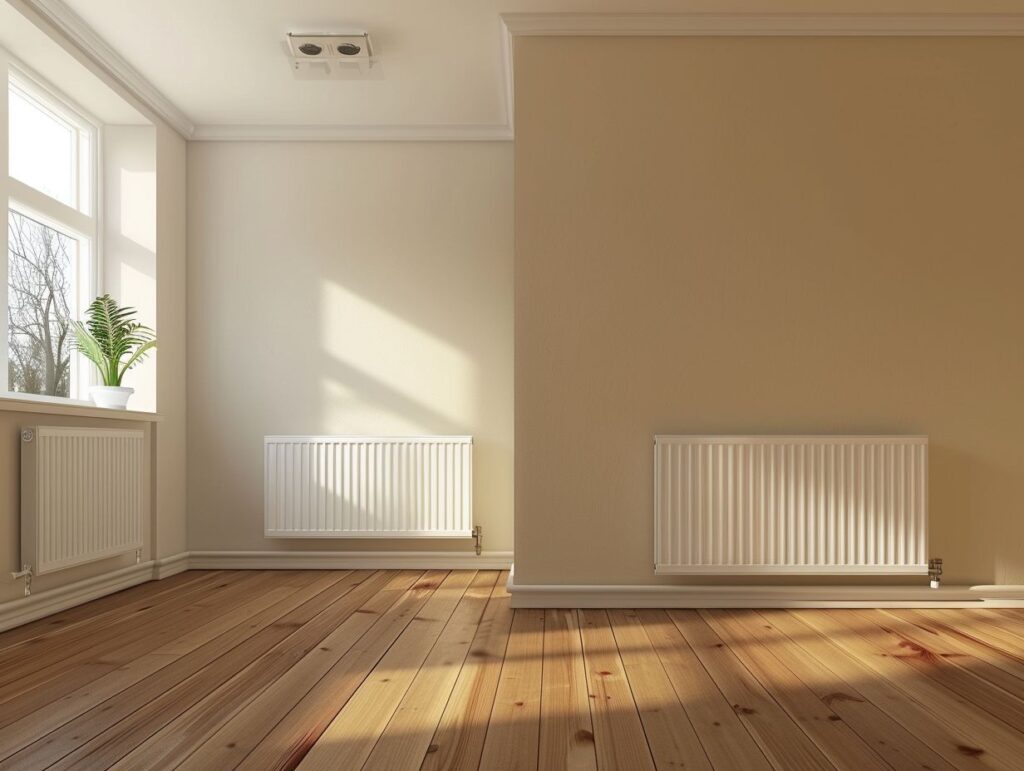Interested in learning about the different types of radiators available for your home? This article will delve into the features, benefits, drawbacks, and limitations of traditional radiators in comparison to Type 11 radiators.
You will uncover the advantages of Type 11 radiators over traditional models and gain insights into the key factors to consider when deciding between the two options.
Whether you are considering upgrading your heating system or evaluating your choices, this article will provide you with comprehensive information on the topic.
Key Takeaways:
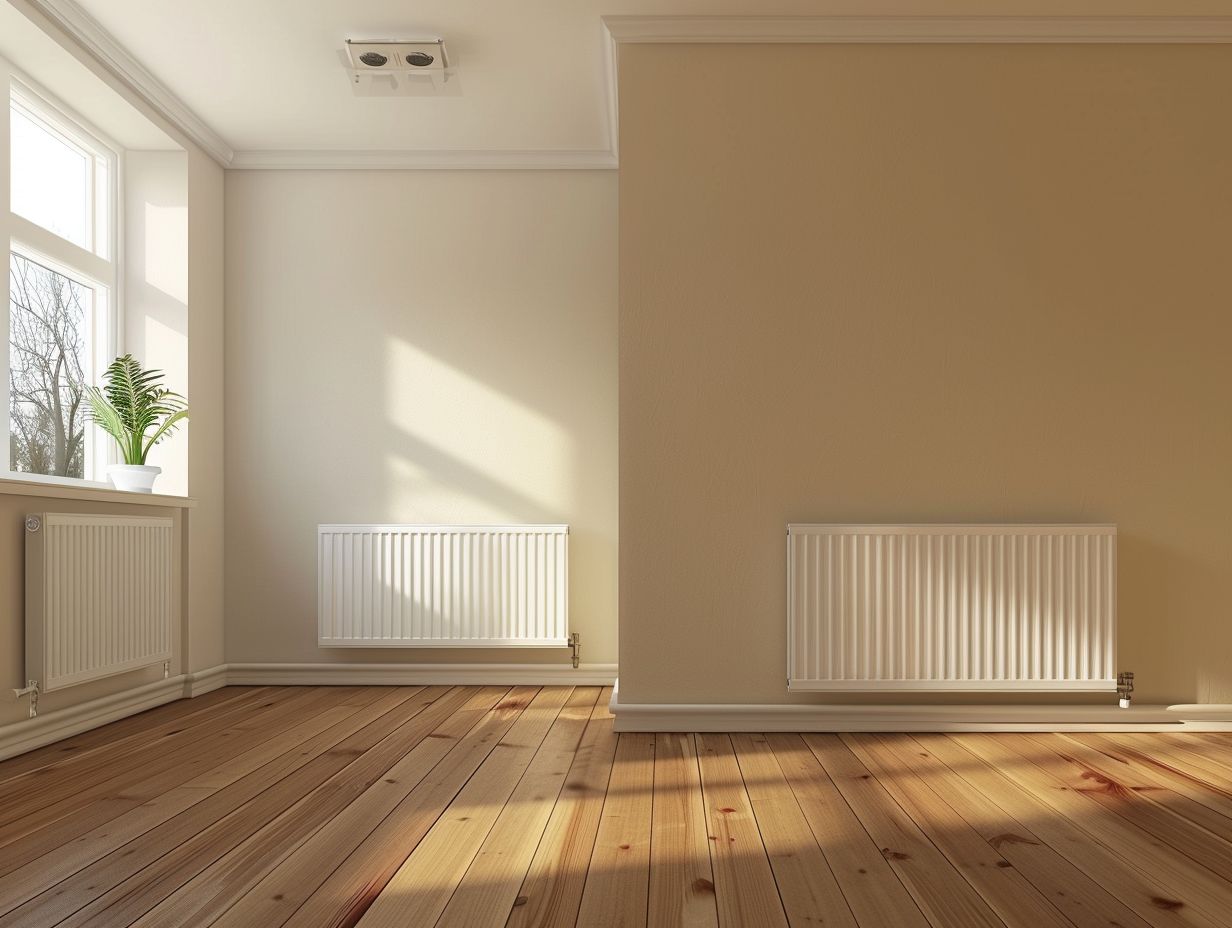
- Traditional radiators offer a classic and timeless aesthetic, but may have limitations in terms of heating efficiency and space-saving.
- Type 11 radiators, with their slim and compact design, provide better heat distribution and can save valuable space in smaller rooms.
- Consider your heating needs, budget, room size, and installation requirements when choosing between traditional and type 11 radiators to find the best fit for your home.
Traditional Radiators
Traditional radiators are a common fixture in households for heating rooms using hot water or steam circulated through them in a central heating system. They are known for their reliability, durability, and effective heat distribution.
The heat output efficiency of traditional radiators is influenced by their size and design. Larger radiators typically generate more heat, making them ideal for spacious rooms, while smaller ones are suitable for smaller areas.
When integrated with central heating systems, traditional radiators provide consistent warmth throughout the room, creating a cosy environment during colder months. Their design allows for easy temperature regulation, ensuring comfort and convenience for occupants.
Features and Benefits
Traditional radiators are recognised for their robust construction, efficient heat emission, and durable nature, establishing them as a reliable option for heating rooms of various sizes.
They are structured with fins that enhance surface area for heat dissipation, improving overall performance and efficiency. These fins help optimise the contact between the radiator and the air, resulting in quick and efficient dispersal of warmth across the room.
Traditional radiators are available in various materials like cast iron, aluminium, and steel, each offering unique advantages such as rapid heating capabilities or stylish designs to complement different decor preferences.
Drawbacks and Limitations
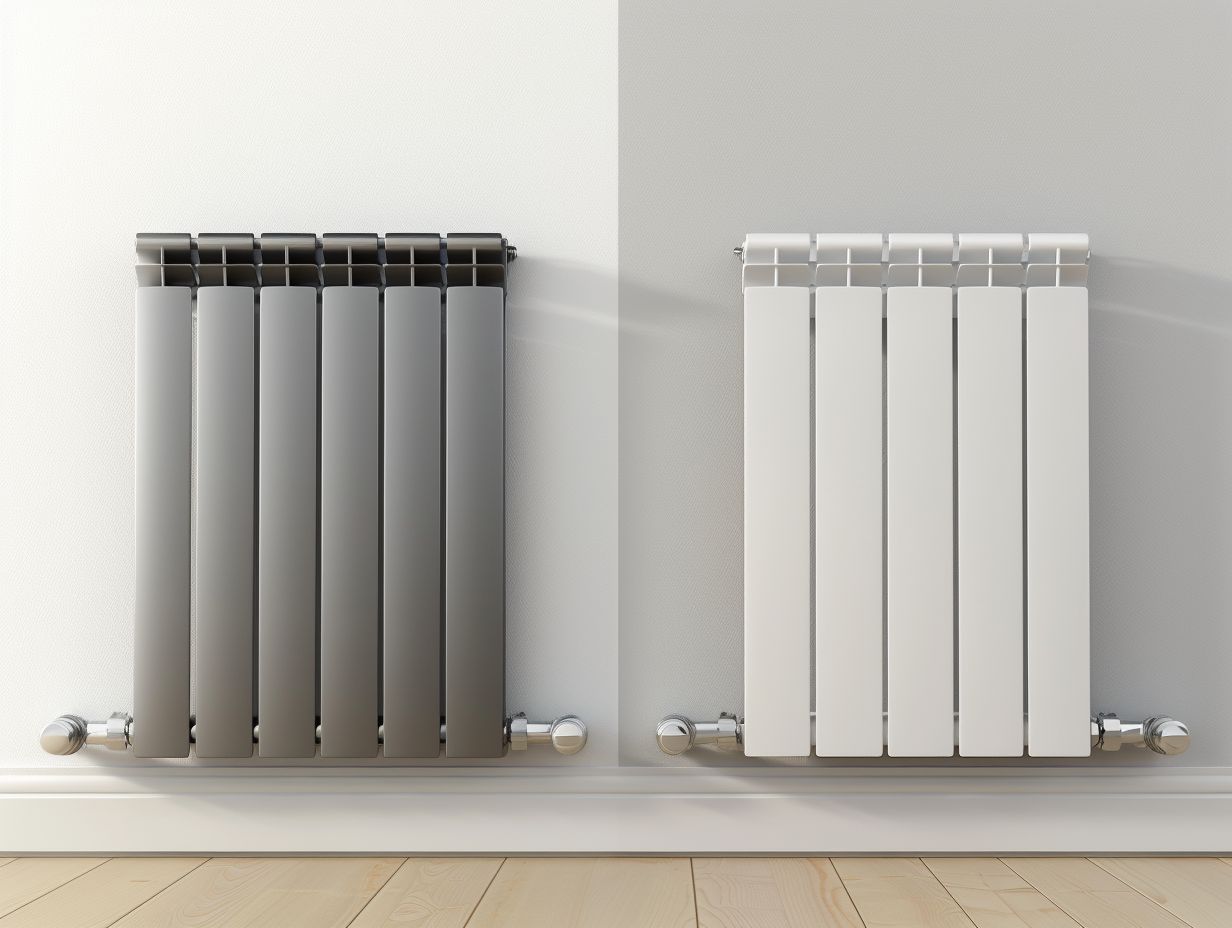
Despite their effectiveness, traditional radiators may present challenges in terms of energy efficiency and space-saving capabilities, particularly in smaller rooms. Inefficient heat distribution is a common concern associated with conventional radiators, resulting in uneven heating within a room and unnecessary energy wastage.
The large size of traditional radiators can occupy significant wall and floor space, restricting furniture arrangement and impacting the overall aesthetics of a room.
To overcome these limitations, homeowners should consider upgrading to energy-efficient radiators or investigating alternative heating solutions such as radiant floor heating or smart thermostats. These measures can enhance heat distribution, reduce energy consumption, and optimise the utilisation of space within a room.
Type 11 Radiators
Type 11 radiators, also known as single panel radiators, offer efficient heat distribution in rooms through a single panel design, making them suitable for spaces with limited wall space. These radiators are ideal for smaller rooms or areas where a traditional double panel radiator may not fit.
The slim profile of the single panel design allows for easy installation in tight spaces without sacrificing heat output.
Despite their compact size, Type 11 radiators are capable of providing ample warmth, making them a practical choice for those looking to optimise their room layout efficiently. Their sleek and simple appearance can complement a variety of interior styles, blending seamlessly into any room decor.
Features and Benefits
Type 11 radiators excel in providing quick heat output in smaller rooms due to their compact size and efficient thermal conduction capabilities, ensuring optimal heating comfort. Their smaller size makes them versatile and perfect for compact spaces such as bathrooms, hallways, or home offices.
Despite their small footprint, Type 11 radiators come in a range of sizes to suit different room dimensions, offering flexibility in installation. This diversity in sizes allows for customisation based on the specific heating needs of each room, ensuring efficient heat distribution throughout the space.
In addition, their rapid heat output means you can enjoy a cosy environment in no time, making them a practical and efficient choice for smaller rooms.
Advantages over Traditional Radiators
Type 11 radiators offer a modern alternative to traditional radiators by providing sleek designs, enhanced heat output efficiency, and a wide range of material options for customisation.
These radiators are characterised by their sleek, minimalist appearance, making them a stylish addition to any contemporary space.
Not only do they look great, but they also excel in heat output efficiency, ensuring quick and effective heating of the room.
Along with their modern design appeal, Type 11 radiators come in various materials such as steel, aluminium, and even eco-friendly options like recycled materials, allowing you to choose a radiator that suits your style preferences and eco-conscious values.
Factors to Consider When Choosing Between Traditional and Type 11 Radiators
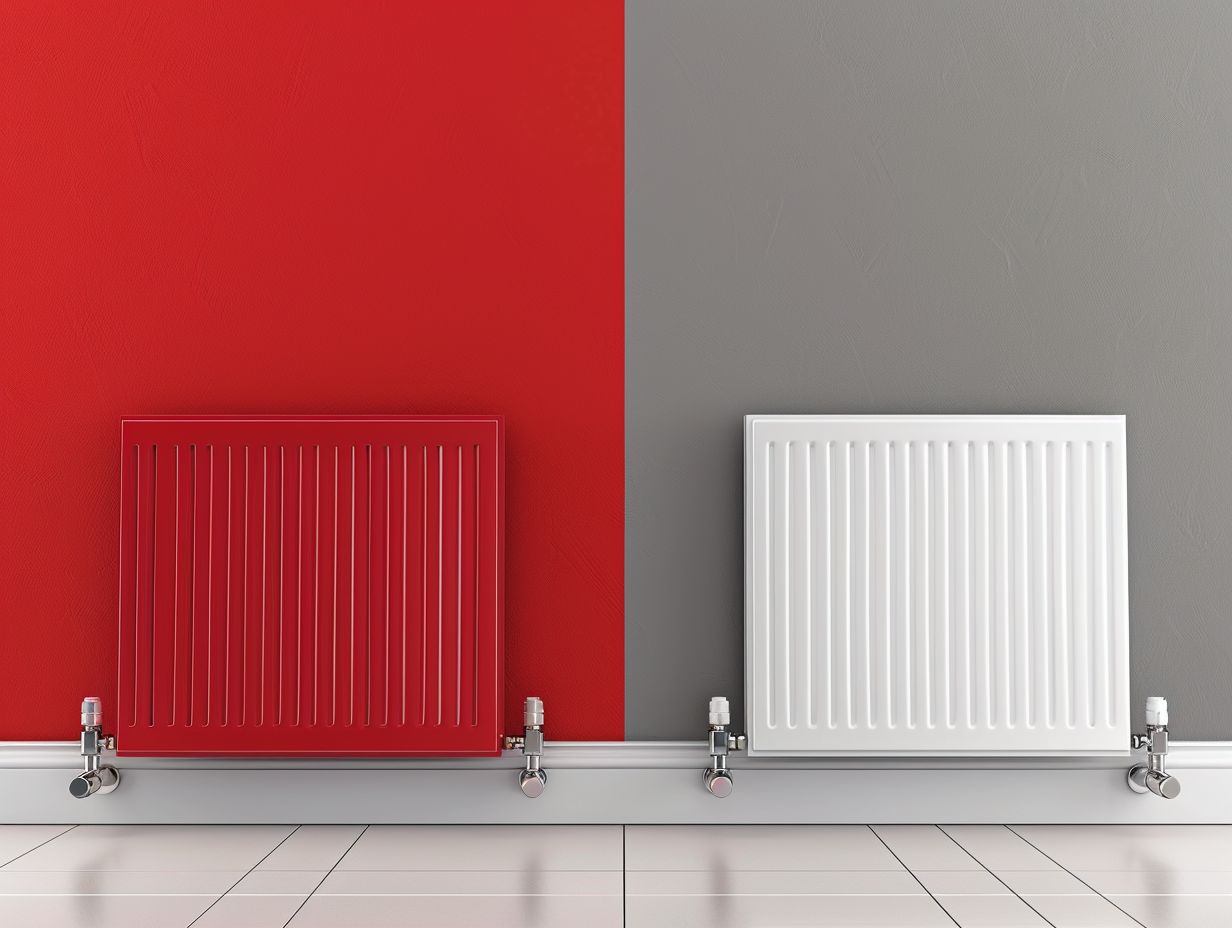
When deciding between traditional and Type 11 radiators, you should carefully consider factors such as room size, desired heat output, energy efficiency goals, and aesthetic preferences to make an informed choice.
Room-specific requirements play a crucial role in determining the most suitable radiator type. For smaller rooms, traditional radiators may be sufficient, while larger spaces might benefit from the increased heat output of Type 11 radiators.
Energy conservation goals can also guide your decision-making process. Type 11 radiators are known for their higher energy efficiency, making them a preferred choice for those looking to reduce their carbon footprint.
Design preferences shouldn’t be overlooked either, as both radiator types come in a variety of styles to complement different room aesthetics.
Heating Needs and Budget
When assessing your heating needs, it is imperative to consider factors such as room size, desired heat output levels, and available budget to determine whether traditional radiators or Type 11 radiators are better suited for your requirements.
Evaluating your heating needs involves taking into account the space that requires adequate heating, the desired level of warmth in each room, and the financial resources allocated for this purpose. Traditional radiators are valued for their classic design and effective heat distribution, while Type 11 radiators offer a more modern appearance and may deliver higher heat output efficiency.
By recognising your budget constraints and prioritising your heat output preferences, you can make a well-informed decision that aligns with your needs and financial restrictions.
Room Size and Layout
The size and layout of your rooms are critical factors when determining the most appropriate radiators, especially with regards to space-saving options and compatibility with the central heating system.
In terms of selecting radiators for smaller spaces like bathrooms or hallways, Type 11 radiators are often preferred due to their slimline design, making efficient use of wall space.
Conversely, larger traditional radiators may be better suited for spacious living rooms or open-plan areas with higher heating demands.
It is essential to comprehend the specific heating requirements of each room to optimise energy efficiency and maintain a comfortable environment throughout the year.
Installation Requirements
When considering the installation of traditional radiators and Type 11 radiators, especially in terms of central heating connections and electrical requirements for electric radiator models, it is crucial to assess the complexities involved.
Incorporating proper central heating integration is essential during the installation of both traditional and Type 11 radiators to guarantee effective heating distribution across the area. For electric radiator models, a thorough understanding of the specific electrical demands of each unit is necessary to prevent circuit overloading and ensure safe functionality.
Challenges may arise during the installation of Type 11 radiators due to their larger size and weight, necessitating meticulous planning and potentially additional support during the mounting process. Taking these considerations into account throughout the installation phase will help enhance the performance and durability of the radiators.
Frequently Asked Questions
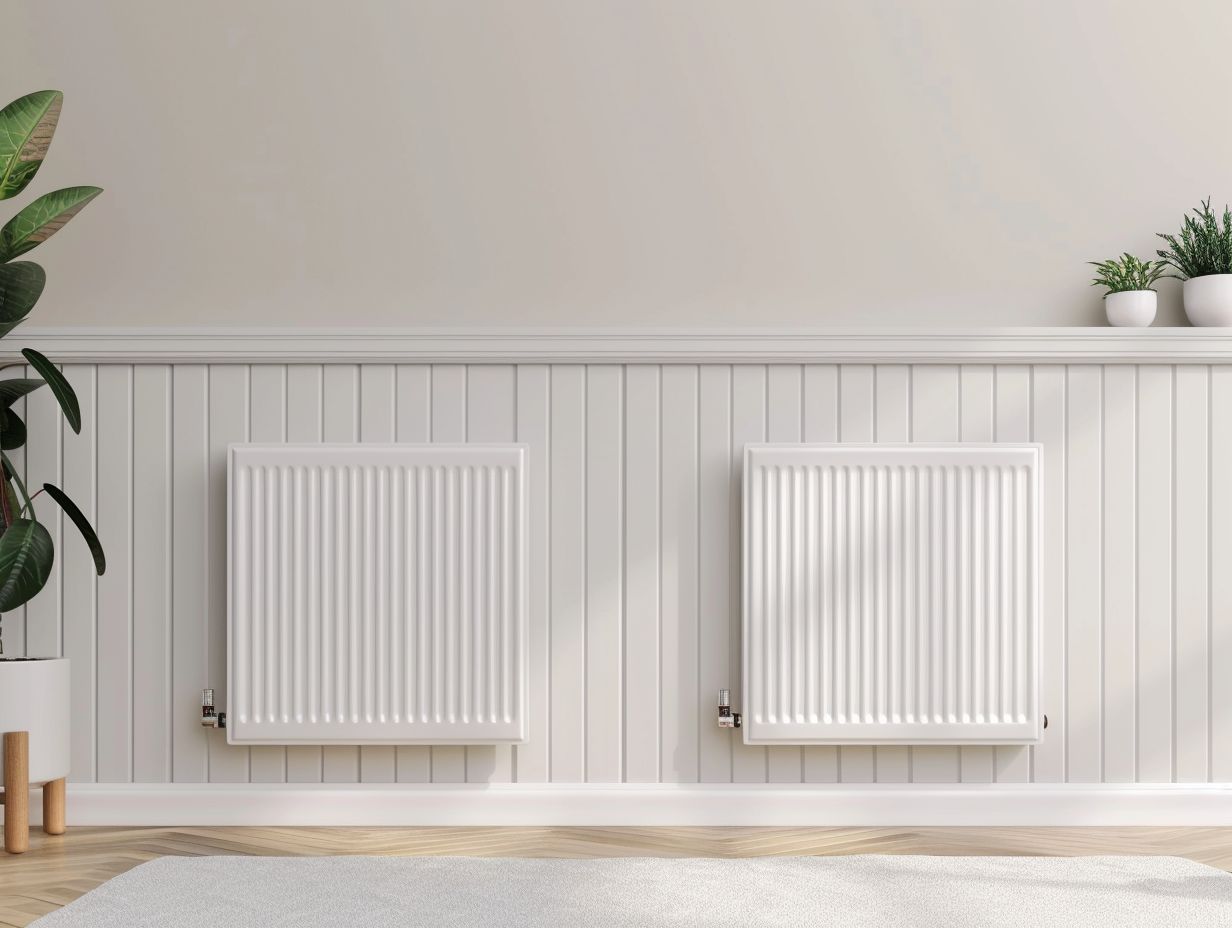
What is the difference between traditional radiators and Type 11 radiators?
Traditional radiators are made of cast iron or steel and are typically larger and more ornate in design. Type 11 radiators, also known as compact radiators, are made of steel and have a more compact and sleek design.
Which type of radiator is more efficient?
Type 11 radiators are generally more efficient due to their compact design. This allows for better heat distribution and faster heating of the room.
Do traditional radiators and Type 11 radiators differ in terms of heat output?
Yes, traditional radiators have a higher heat output compared to Type 11 radiators. This is because they are larger in size and can hold more water, resulting in more heat being emitted.
Are traditional radiators or Type 11 radiators more expensive?
It depends on the specific models and brands. Generally, traditional radiators tend to be more expensive due to their larger size and more intricate design. However, prices can vary and it’s best to compare different options before making a purchase.
Can traditional radiators and Type 11 radiators be used with any type of heating system?
Yes, both types of radiators can be used with most heating systems such as gas, electric, or oil. It’s important to check the compatibility of the radiator with your specific heating system before installation.
Which type of radiator is easier to install?
Type 11 radiators are often easier to install as they are lighter and have a simpler design compared to traditional radiators. However, it’s always recommended to hire a professional for proper installation to ensure safety and efficiency.

